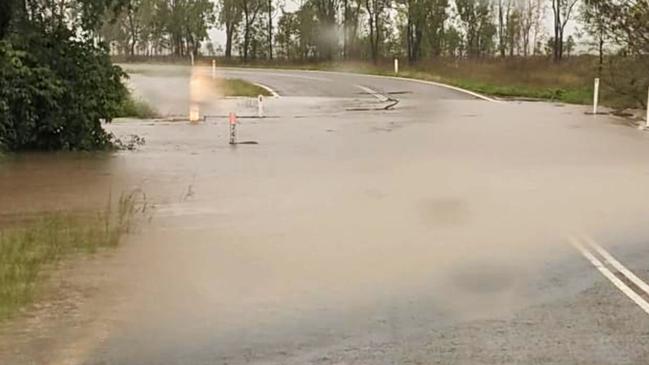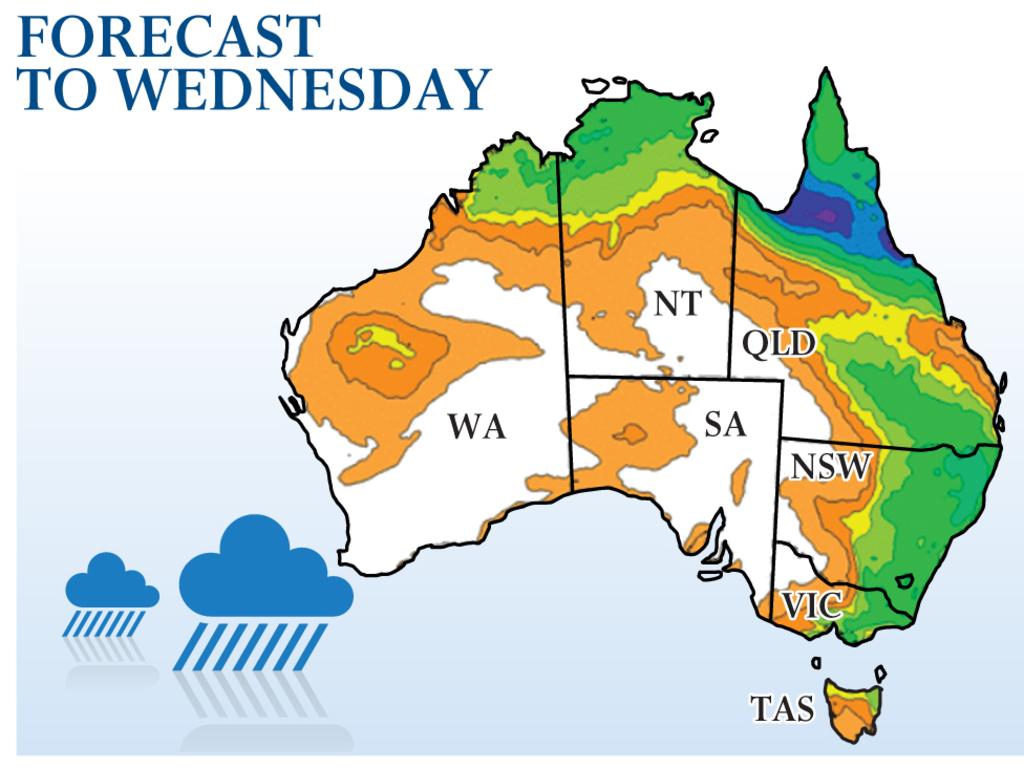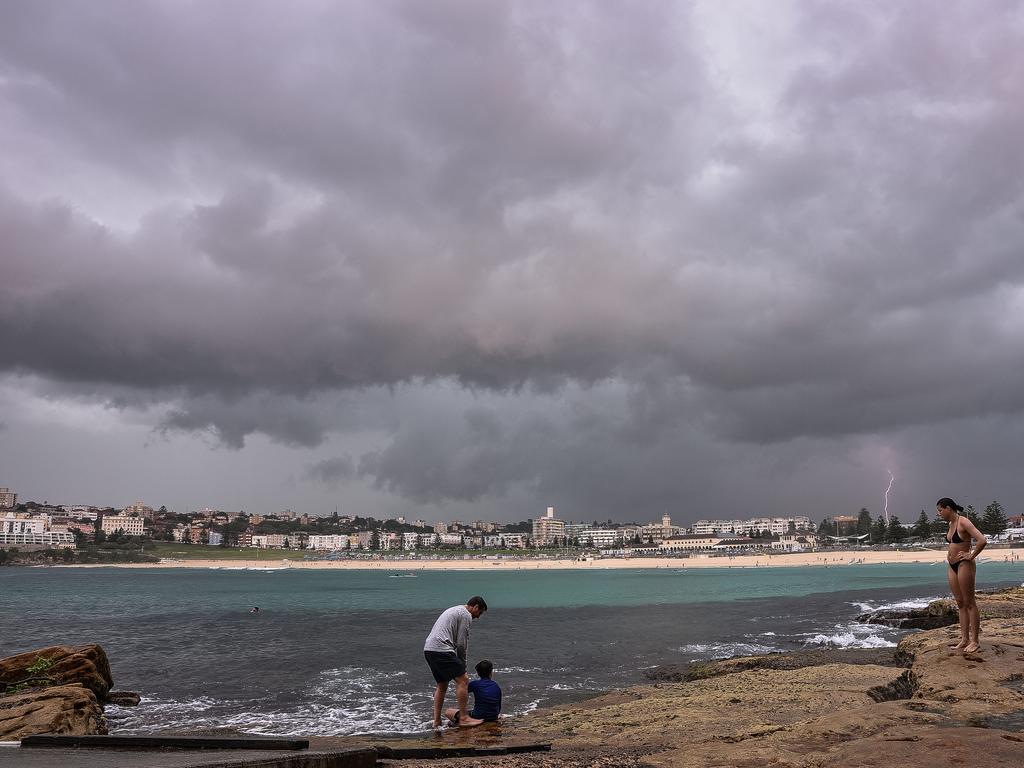Fatal flash-flood alert in ex-cyclone Imogen’s downpour
Flash floods have hit far north Queensland after days of rain from ex-tropical cyclone Imogen.

Flash floods have hit far north Queensland after days of rain from ex-tropical cyclone Imogen.
The lingering low had yet to produce the predicted deluge across the region, but there were patches where close to 200mm fell in just 36 hours, with as much as 500mm expected over the next two to three days, said State Emergency Service director Brian Cox.
Heavy rainfall and damaging winds reaching locally destructive levels are expected at Ingham and Ayr, with the most severe weather and flood warnings forecast across a 430km area from Cairns to Ayr and as far inland as Georgetown.
Although rain eased on Monday, it was set to pick up through to Wednesday, with as much as 200mm forecast for Tully and Aye over a six-hour window. The Queensland Bureau of Meteorology warned that if water levels reached 250mm it “may lead to life-threatening flash flooding”.
It said 144mm fell in the northern suburbs of Townsville on Tuesday, following more than 50mm the previous day.
“There are severe weather warnings in place for more rain, destructive winds and flash flooding for the region between Ayr and Tully,’’ a BOM spokesman said.
While the bureau suspects the peak effects of La Nina have passed, Mr Cox said La Nina, former tropical cyclone Imogen and seasonal wet weather had contributed to above average rainfall. Brisbane is forecast to get between 15-35mm on Wednesday and 40mm on Thursday and the Gold Coast up to 45mm on Thursday.
“We will see a separate trough move through southern Queensland in the coming days which will increase rainfall in southeast Queensland,” a BOM spokesman said.
More Coverage
The tropical low that was #CycloneImogen continues to bring heavy rainfall to northeastern parts of Queensland as it tracks slowly east over land. A Severe Weather Warning, Flood Watch and multiple flood warnings are current. See all #QLDweather warnings https://t.co/k3zxS8KXVs pic.twitter.com/9QsNLt0RMq
— Bureau of Meteorology, Queensland (@BOM_Qld) January 5, 2021







